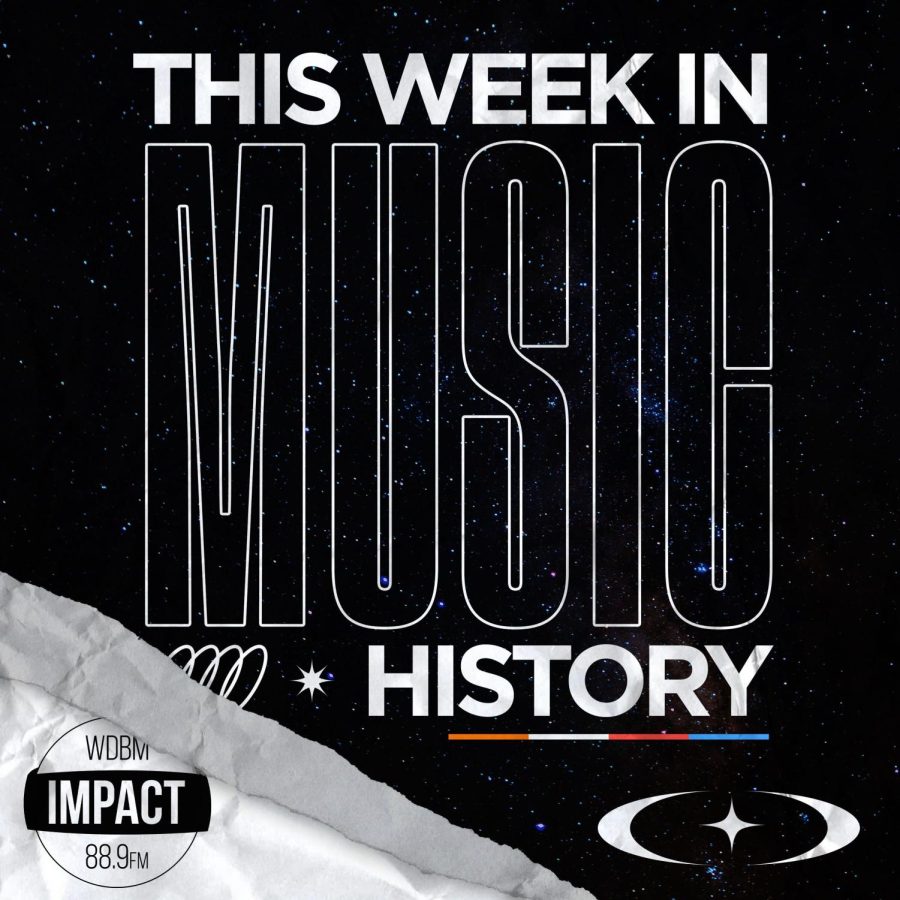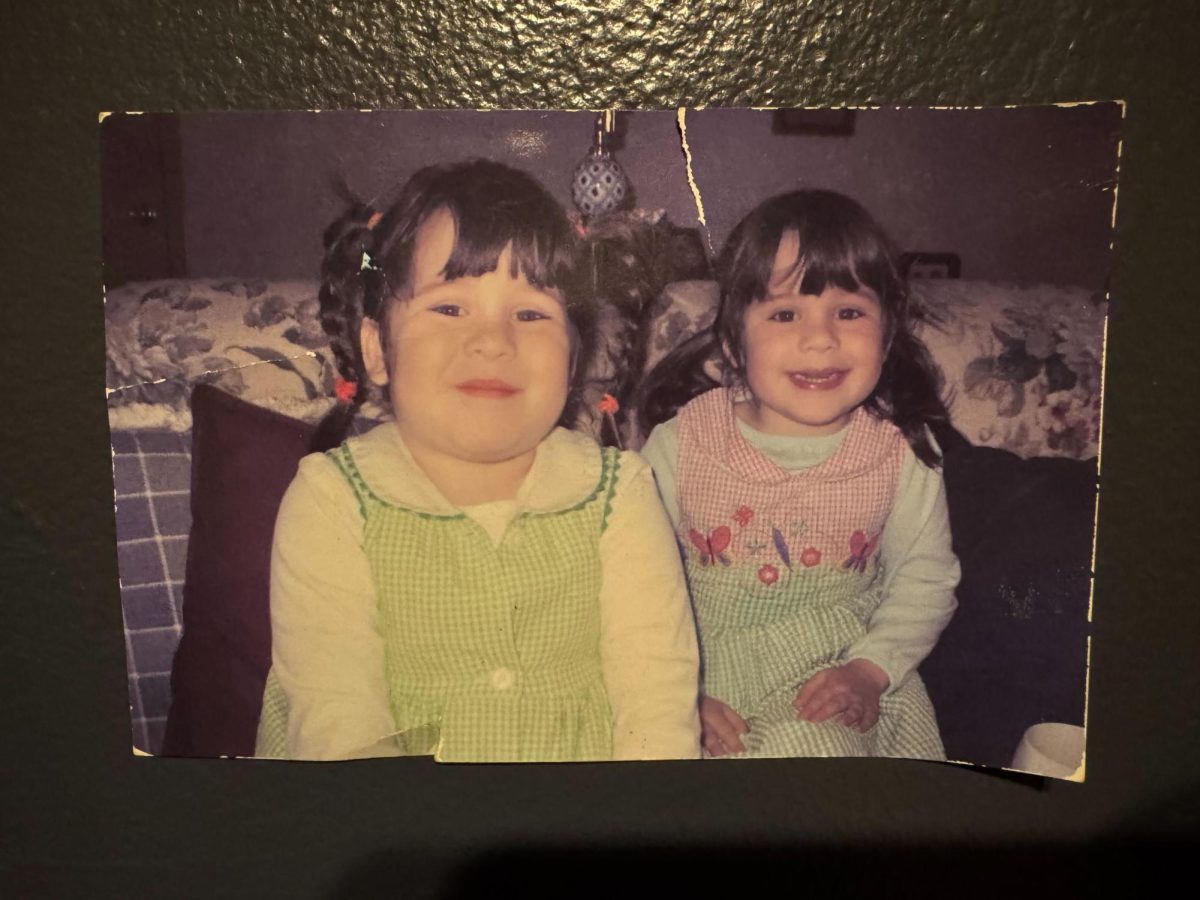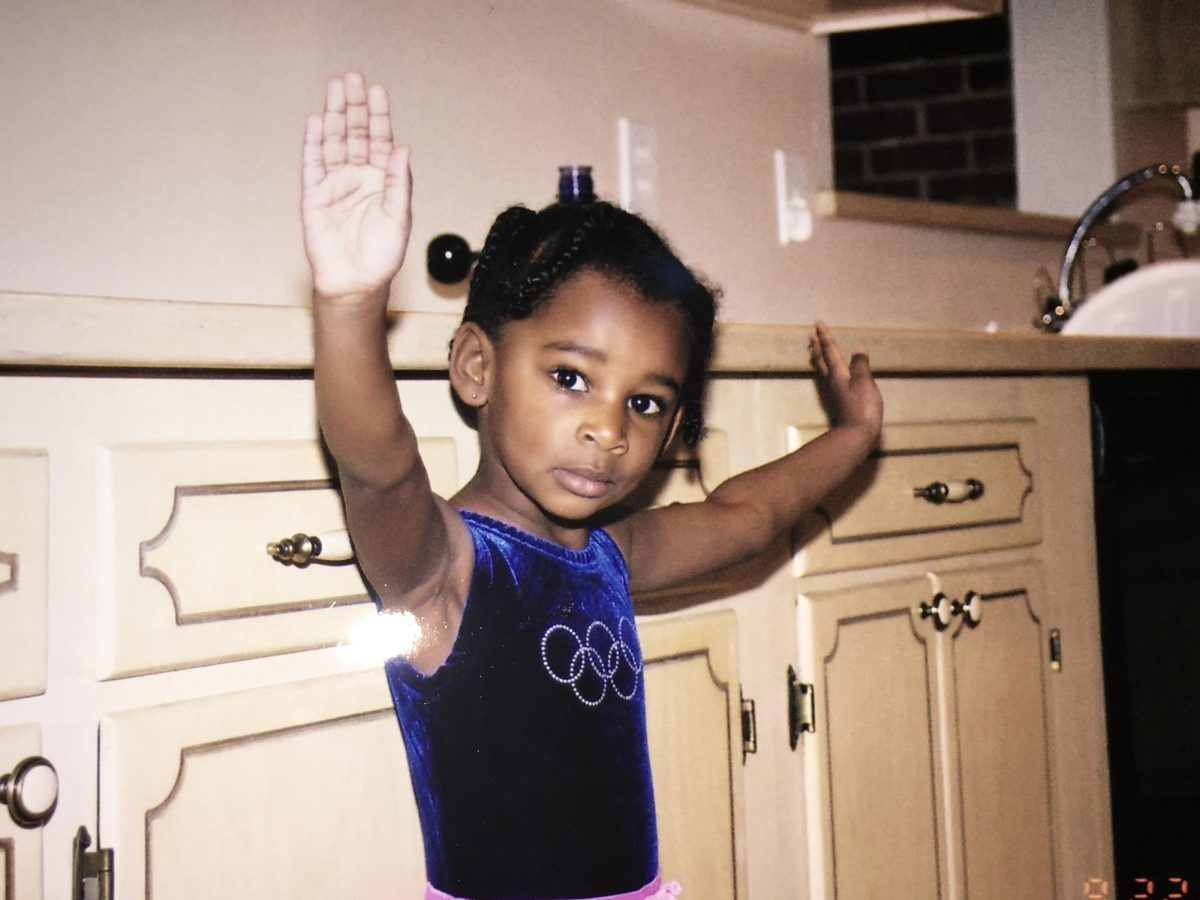On Oct. 23, 1995, Def Leppard played three concerts on three continents in one day. Def Leppard traveled more than 6000 miles, playing shows in Morocco, England and Canada, thus covering the continents Africa, Europe and North America.
Each concert lasted at least one hour, serving as promotion for the band’s new release, Vault Greatest Hits 1980-1995. This feat is an official world record, recognized by the Guinness Book of World Records.
All three of these concerts were fully acoustic — deviating from Def Leppard’s typical performance style — but with their obligations that day, this move was certainly an understandable one.
~ Mike Merucci
Emo music never was paid much respect during its time in the mainstream. An album quintessential to emo is The Black Parade, which released on Oct. 23, 2006. The project showed why My Chemical Romance was truly musical genius, being critically acclaimed and wildly loved by many to this day. The Black Parade is a truly theatrical concept album, shifting moods as it goes on to tell the story of a cancer patient dying and reliving their memories in their head. It is a truly heart-wrenching concept but done to perfection by My Chemical Romance.
The rock opera was wildly successful, debuting at No. 2 on the U.S. and U.K. Top 200. 3 million copies were sold worldwide, and soon after, My Chemical Romance were rock superstars selling out any venue they wanted. This album had a large impact on more than music though, as The Black Parade would be so popular that culture was affected largely. Waves of emo kids emerged and dressed different than the average kid. They also thought differently. This project helped propel the subculture of emo to new heights.
All in all, The Black Parade was more than just an album — it was a huge event for alternative subculture and its members. Featuring tracks about teen violence, a dying cancer patient and more, this album has everything. The project can be loud and angry, with tracks like “Teenagers,” but it also features go-to rock epics like “Welcome to the Black Parade.” This album is one of the most complete of its time and genre, having stood the test of time, with My Chemical Romance still playing these tracks in sold-out arenas.
~ Alex Jimenez-Vega
On Oct. 29, 1969, the “Paul Is Dead” theory gained international prominence through New York City underground newspaper Rat after they compiled all the “facts” regarding the theory.
The urban legend follows that on Nov. 9, 1966, Paul McCartney drove off in a rage following an argument during a Sgt. Pepper’s Lonely Hearts Club Band recording session. A meter maid diverted his attention away from the changing traffic light, causing him to crash his car and die. There was also a funeral, with George Harrison and Ringo Starr giving eulogies and John Lennon officiating. To prevent a public outpour of grief, the rest of the band secretly replaced McCartney with the winner of a look-alike contest by the name of William Campbell — or Billy Shears. Additionally, the Beatles supposedly got away with the coverup because of their new image and retirement from performing live.
Fans cited evidence from the band’s lyrics, because another popular part of the theory was that the surviving Beatles left messages out of guilt for deceiving the public. Belief was that they were possibly forced to work with a replacement under instructions by the MI5. For instance, fans heard Lennon faintly say, “I buried Paul” in “Strawberry Fields Forever,” which played into the part of the theory where he officiated the funeral. On top of the lyrics, fans thought the cover of Abbey Road was a reference to the funeral procession, and they also frequently searched for backmasking messages.
The theory traces back as far as 1966, but its popularity originated from Detroit’s WKNR-FM and became a growing topic of discussion across college campuses and radio stations, later spreading to mainstream media. However, it quickly lost steam after McCartney refuted the claims that he was a look-alike.
CBS News and Life Magazine later invaded McCartney’s privacy, intruding on his farm, with the latter being met with swearing and a bucket of water. McCartney and his family later posed for a photo for Life in exchange for the magazine not releasing unflattering photos that could have hurt his career. The photo was on the front page of the magazine’s Nov. 7 issue with the caption “Paul is still with us.” Over 50 years later, the “Paul Is Dead” theory continues to be one of the most popular conspiracies out there.
~ Jack Domenicucci











